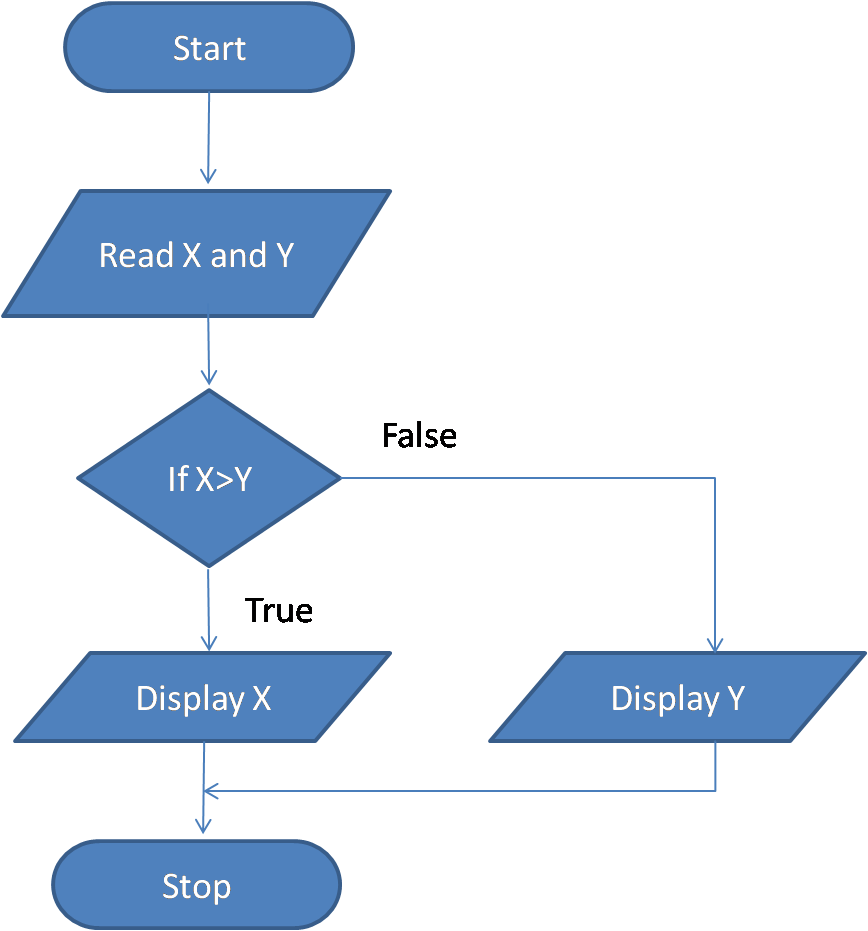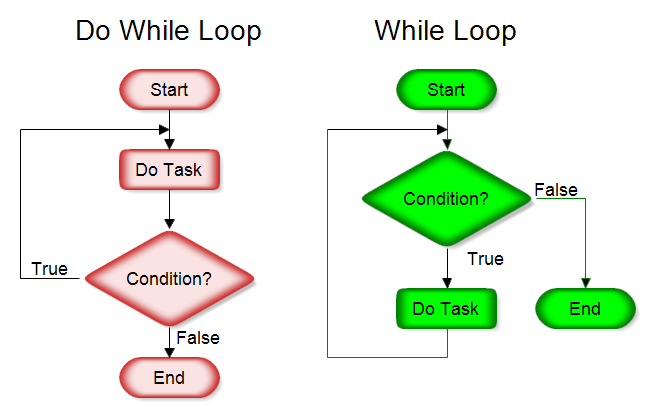Flow chart for a for loop in python
Table of Contents
Table of Contents
If you’re a developer writing code with loops, you know how important flowcharts are. They help you visualize the data structures of your code and how data flows through it. In this article, we’ll go over how to draw flowchart for for loop and related keywords.
Pain Points
Loops can be confusing to represent in a visual format. They have multiple starting and ending points, and depending on how your calls inside of them function, the diagram can quickly become overwhelming. Drawing a flowchart for a for loop is time-consuming and can feel tedious, especially when they’re nested inside other loops or control structures.
Answering the Question of How to Draw Flowchart for For Loop
The basic structure of a for loop is simple: it has a starting point, a specific number of iterations, and an increment that takes it from one value to another. Representing this in a flowchart isn’t too difficult, but it’s best to break it down into individual steps. Some examples of what you could add to the flowchart to illustrate a for loop are: the initialization of the iteration variable, the check for the condition that keeps the loop going, and the body of the loop with all its statements.
Summary of Main Points
To sum it up, you can create a flowchart for a for loop by breaking it down into individual steps. This can include initializing the iteration variable, checking for the condition that keeps the loop going, and the body of the loop with all its statements. While it may be time-consuming, it’s important for keeping track of the logic of your code.
How to Draw Flowchart for For Loop - Explained
When working with loops, it’s best to use a flowchart to better understand the control flow of your code. This is especially true when working with a for loop. The loop starts by initializing an iteration variable, which is then checked against a condition. If the condition holds true, the code inside the loop’s body executes, and the iteration variable is incremented. This continues until the condition is no longer true, and the loop is closed. This process can be represented through a flowchart by using specific shapes and lines.
 Typically, you’ll use a diamond-shaped box to represent the condition that keeps the loop going. Inside the loop, you’ll use regular rectangular boxes for any statements that will execute. You’ll then use arrows to show the flow between each box. You can also use nested shapes, such as a box within a diamond, to represent nested loops.
Typically, you’ll use a diamond-shaped box to represent the condition that keeps the loop going. Inside the loop, you’ll use regular rectangular boxes for any statements that will execute. You’ll then use arrows to show the flow between each box. You can also use nested shapes, such as a box within a diamond, to represent nested loops.
Common Mistakes When Drawing Flowchart for For Loop
One common mistake when drawing flowcharts for loops is forgetting to initialize the iteration variable. Another mistake is failing to define the condition that keeps the loop running, leading to infinite loops. Paying attention to these can prevent bugs and make your job easier.
 Flowchart for Nested For Loops
Flowchart for Nested For Loops
When working with nested for loops, it’s important to pay close attention to your flowchart’s structure. You’ll need to use different colors or line types to keep track of the flow of each loop. Using different shapes can also help make it easier to differentiate between nested loops.
Flowchart Shapes and Line Types
Different shapes and line types are used to represent different aspects of a flowchart. For instance, a rectangle is used to represent a process, a diamond shape for a decision point, and a circle for input or output. In addition, a dashed line can be used to represent a loop boundary, and an arrow that loops back represents the end of the loop.
Best Practices for Drawing Flowchart for For Loop
Start with a basic flowchart and add more details as needed. Use different shapes and line types to keep track of different elements of your code. Whenever possible, keep your flowchart simple and straightforward, focusing only on the necessary conditions, variables and loop logic. And don’t be afraid to revise the flowchart if you find that changes need to be made to your code.
Question and Answer
Q. What is the primary purpose of a flowchart for a for loop?
A. The primary purpose of a flowchart for a for loop is to visually represent the control structure of the loop and its various elements such as initialization, condition, iteration, and body.
Q. Can a flowchart be used for loops other than for loops?
A. Yes, a flowchart can be used for various types of loops, including every loop present in programming languages such as do-while, while and for-each.
Q. What happens to a for loop if the condition is false from the start?
A. If the condition of the for loop is false from the start, the loop will never execute.
Q. Is it possible to have more than one condition in a for loop?
A. Yes, it’s possible to have more than one condition in a for loop. This is done by separating the conditions with logical operators, such as the AND or OR operator.
Conclusion of How to Draw Flowchart for For Loop
Flowcharts are an essential tool for developers to use when creating complicated loops, such as for loops. They help developers visualize control flow and prevent bugs. Knowing how to create a clear and concise flowchart for a for loop can benefit developers immensely in the long run.
Gallery
Java For Loop With Example | Syntax | Break | Enhanced - EyeHunts

Photo Credit by: bing.com / loop flowchart java example diagram syntax break enhanced tutorial looping
Flow Chart For A ‘for’ Loop In Python | Physics Forums
Photo Credit by: bing.com / flow chart loop python example way general would know there different
Branch And Bound - How To Draw Flowchart For If Condition Within Nested

Photo Credit by: bing.com / flowchart nested loops
Flowchart - My Blog

Photo Credit by: bing.com / flowchart flowchart2 startertutorials
Drawing A Structured FlowChart

Photo Credit by: bing.com / flowchart loop chart structure if flow algorithm structured using computer while loops decision make visio examples drawing basic open does





